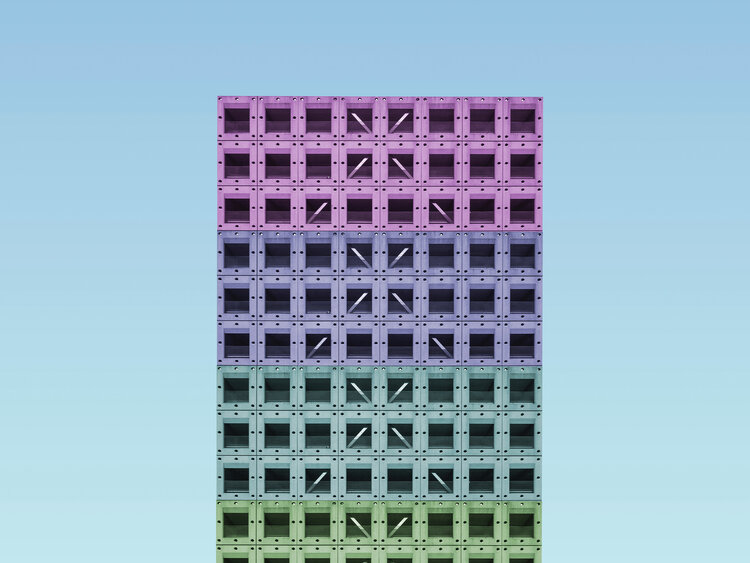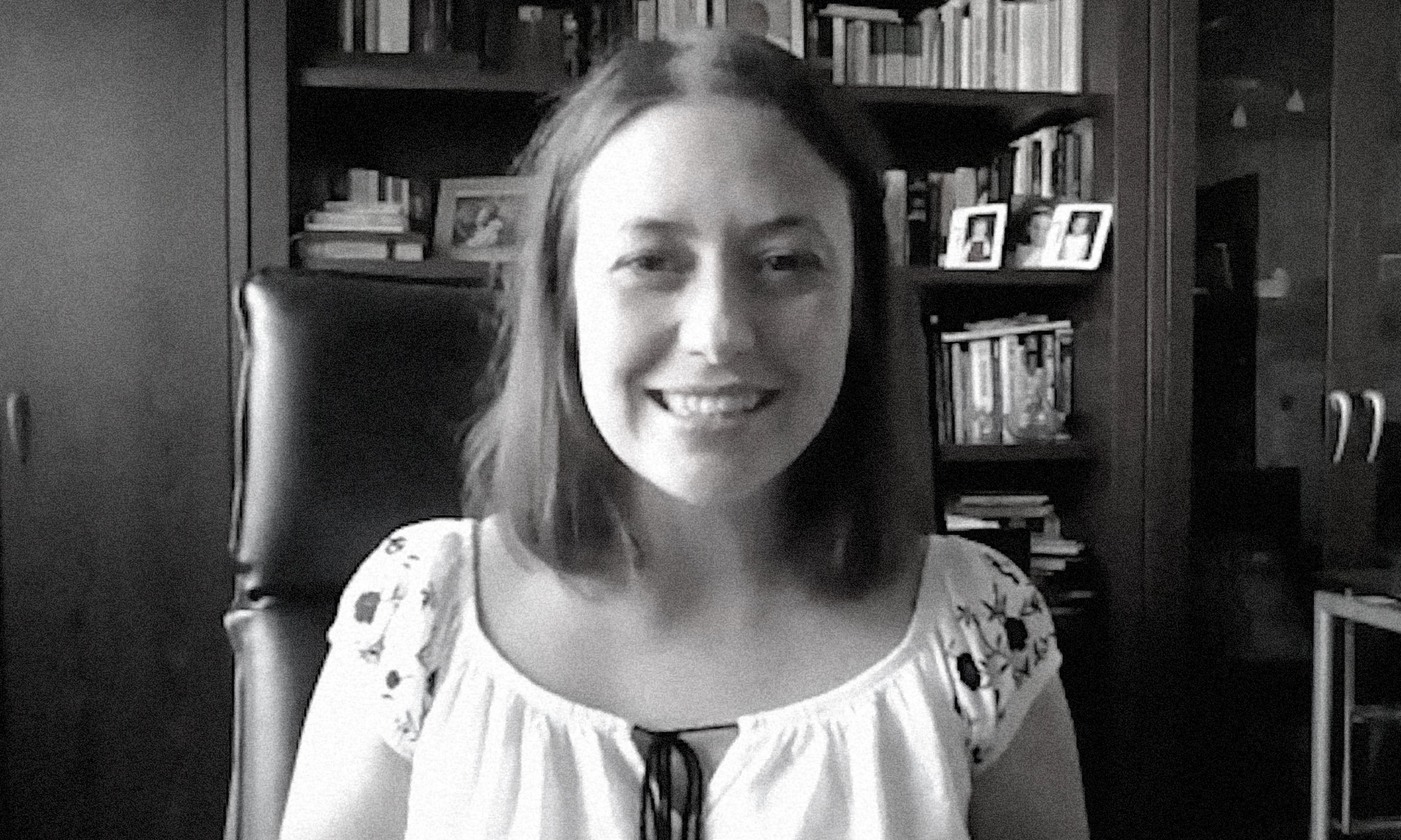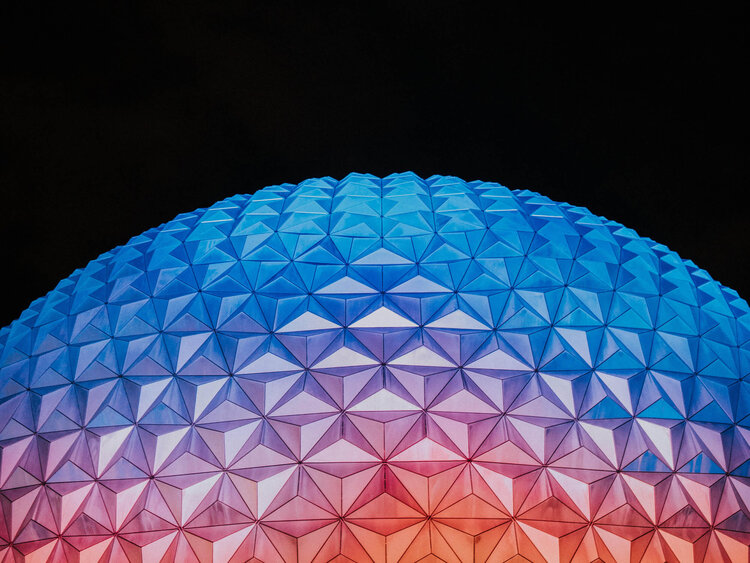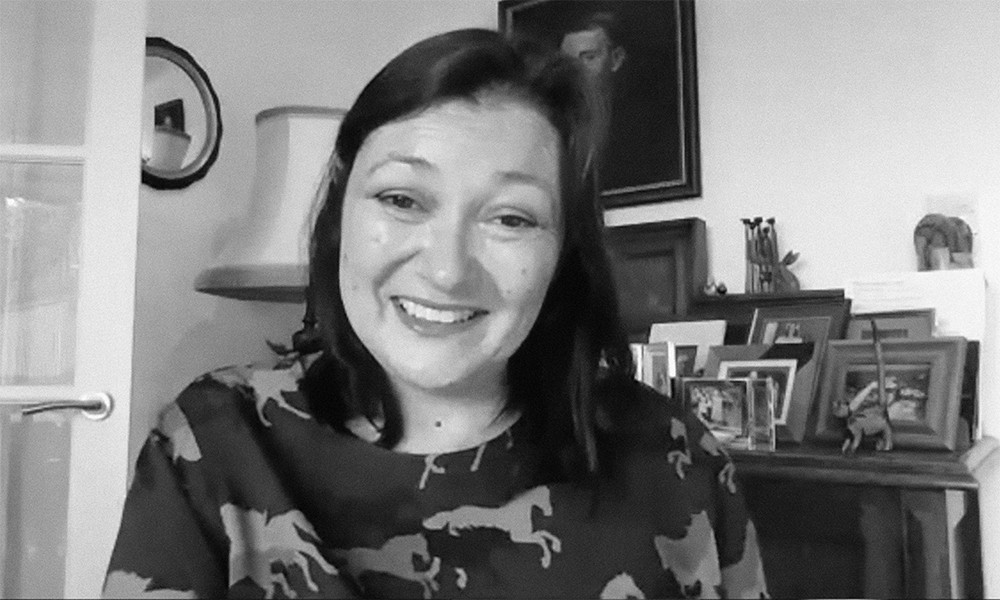
Each individual is unique and thinks uniquely. For a long time we have mistakenly believed that creativity, fantasy and imagination are the domain of artists and children. After all, even Italian artist Maria Lai says “playing is the art of children, while art is the game of adults”.
But perhaps we have made a mistake. In fact, each of us has a large potential, often unexpressed – or rather, repressed. Here, emotional and social intelligence comes to our aid. In fact, human beings have always been creative: creativity takes the form of the wonderful ability to find alternatives to a question, a problem or an opportunity that presents itself before our eyes. Indeed, being creative often means looking in unusual places rather than waiting for something to suddenly fall in front of us.
Destroy old schemes, preconceptions, judgments and prejudices, beliefs, conventions, ways of doing things. You need to disengage the autopilot and get out of your comfort zone.
Giovanni Rodari, in his famous 1973 book Grammar of the Imagination, dwelt on the value of the imagination, proposing we should all interact with the unconventional, irreverent and playful. This is why, to develop creative thinking, it is necessary to destroy – in order to create. Destroy old schemes, preconceptions, judgments and prejudices, beliefs, conventions, ways of doing things. You need to disengage the autopilot and get out of your comfort zone.
We are well aware that these very powerful, ancestral mental mechanisms respond to the need to save energy to preserve human beings, but they risk making us live in a protected bubble where experimentation is almost impossible. So why, even though we are aware, don’t we do it?
The answer is simple and comes from neuroscience: acting differently than usual creates frustration and human beings do not like to navigate in the shadows. Thus he distances himself from what is little known by always activating the same behavioral patterns, in his personal life and of course also in his professional life.
Enabling autopilot and going into “energy saving” mode ensured humanity’s survival. But today human beings need to challenge passing by exploiting the immense power of the mind, so little valued in its potential.
What happens in an organization? The principle is the same, even in organizational ecosystems, whether small or large, complexity requires the definition of hierarchies, vertical silos of skills, processes and rules. But to create value , we cannot rely on what has been done in the past, even if some schemes have worked and the offering has proved fruitful. It is necessary to invent something new – to create new needs or satisfy the old ones in a revolutionary way.
The importance of a dynamic mindset
This is where the power of creativity comes into play, but that is not enough: it is also necessary to adopt a dynamic mindset, as posited by Carol Dweck, professor of psychology at Stanford University and one of the most authoritative experts in the field of personality studies, who illustrates the difference between a static and dynamic mind.
The dynamic mind seeks comparison, challenges, study and research. It is open to change and considers that new skills can always be developed. It is serene, positive, with an eye to the future.
The static mind does not admit error: it transforms failure from action (‘I failed’) to identity (‘I am a failure’). It doesn’t like commitment, research, tenacity and always attributes blame on ‘the others’. The static mind constantly needs to prove, to feel better. The dynamic mind, on the other hand, seeks comparison, challenges, study and research. It is open to change and considers that new skills can always be developed. It is serene, positive, with an eye to the future, but without losing sight of present action and growth.
So how can we train our mind to make it more and more dynamic, getting out of our comfort zones and developing creative thinking?
At NTT DATA we have sought one of the possible answers through a learning path based on emotional and social intelligence. This program is based on collaborative co-design and co-planning techniques and the latest dynamic behavioral theories. We have found this is a formidable mix that feeds creative thinking and problem solving, allowing the talent of individuals to take shape and find synergy in group dynamics. It is a path that we have developed with tenacity over time, and it finds its roots in the constant transformation that characterizes companies such as NTT DATA, whose specialty is strategic consultancy and highly innovative technological solutions.
Key ingredients to value co-creation
Learning from past experiences, the NTT DATA value co-creation program has absorbed some ‘magic ingredients’:
1: Practice non-judgment
Creativity thrives in a safe environment, where talent has room to express itself. It is therefore necessary to pay attention to how the mind separates everything, and categorizes it into right and wrong, good and bad, beautiful and ugly. It is necessary to learn to discern without necessarily making a judgment on what surrounds us, otherwise we place constraints and feed the innumerable biases that characterize human beings. Bias are ancestral and are not the result of ‘reasoning’. However, it is up to us to feed them or decide not to feed them.
It is necessary to learn to discern – without necessarily making a judgment on what surrounds us. Otherwise we place constraints and feed the innumerable biases that characterize human beings.
2: Cultivate the ‘trainee mind’
This means approaching work experiences – relationships, tasks, creating new offerings – in a perpetually ‘new’ way – pretending not to have a past, to know nothing, to be a blank page. Opening the trainee’s mind allows us to remain receptive to new possibilities and to avoid falling into the routine attitude of the ‘expert’, who often believes they know more than they actually do. No moment is the same as another; each moment is unique and contains unique possibilities. The ‘trainee mind’ reminds us of this simple truth, for it has no expectations either of the world or of its own self. This is a great advantage, as it allows us to act as we wish, free from prejudices and conditioning. Indeed, in the mind of an intern, there are no such thoughts as “I can’t”, “I don’t know how to do it” “I don’t like this”. The trainee is the eternal child ready to marvel at the wonders of the world around them.
3: Don’t get attached to the results
Set goals without getting attached to the idea of what the real result should be. This allows goals to change over time. This aspect is fundamental, since the results can come to us, but in a different way than we expect: if we have a preconceived notion, we may not notice a wonderful opportunity until it is too late.
4: Train for courage
Being free to create means having the courage to make mistakes, to go back, to experiment with new paths, abandoning the highways of the mind and choosing unexplored paths. But also the courage to say no, and to break old patterns and paradigms, to push back against those who say ‘but it has always been done this way’.
Destroy to create: the principle behind our experiment
The basic principle that inspired the launch of the value co-creation program is ‘destroy to create’ – where possibilities turn into experiments, in which talent finds a voice and ideas, and where truly disruptive ideas combine harmoniously with those of the rest of the group through team building and co-planning sessions.
The ideas thus produced can then be quickly put into circulation, and validated directly on the market. Only a few will pass the selection, but the mechanism that brought them out is the lifeblood of a company that truly believes in innovation, experimentation, generative culture – and above all, in people.
Sometimes we fall again and again. But creative thinking is based precisely on error, the main source of learning – and on the human being’s ability to take advantage of it.
The path to develop creative thinking, as mentioned earlier, did not arise out of nowhere. The experience, built up over years, has led to falls and subsequent ascents, sometimes to fall again and again. With courage, without giving up, with awareness and authenticity. But creative thinking is based precisely on error, the main source of learning, and on the human being’s ability to take advantage of it. Certainly over the last ten years at NTT DATA, we have experimented with innovative methods and frameworks and this was possible because blame culture is not part of who we are. The certainty of being able to make mistakes has led us to innovative solutions, sometimes unexpected, sometimes built starting from a few simple considerations.
If we could summarize, we could say that the value co-creation program is the sum of this creative, destructive and reconstructive work at the same time – and that allows us, today, to be able to say that we have solid foundations to help our clients embark on a path of generating ideas and building high-performance teams.
The NTT DATA framework that guides the value co-creation program is made up of the skills, methodologies, experiences, and ideas – tested over time – which help companies to create their own masterpiece. This is because there is no one-size-fits-all approach, but rather we must continually learn and adapt, continually draw from multiple sources, making the best of each of them to improve day after day – and never losing focus on developing creative thinking.







